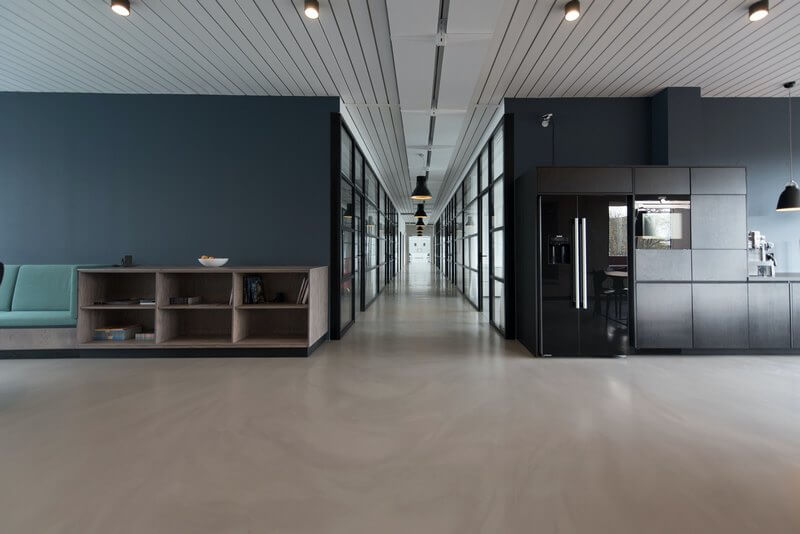
Resilience is more than a buzzword
Real resilience is taking hold in the business lexicon. The study of resilience is over 40 years old. First, the research focused on children, and later on individuals. The concept blossomed to study families, with a natural progression to communities and cultures. Now, specialized groups, like Aboriginals and even Business Resilience, are reviewed by social and organizational scientists.
For business continuity practitioners, resilience evolves into a systems approach to address crises. Building one’s resilience is critical to future well-being and increased ability to handle stress positively. For business, it means a convergence of aligning internal controls with an innovative spirit to obtain balance for maximum success. In 2017, the BSI sponsored a study on Organizational Resilience that showed that the right mix of PDCA Cycle and the Foresight Maturity Model (FMM) enabled companies to thrive.

Mix models for maximum resilience
So, realizing business resilience comes with a paradoxical tension between four approaches that work in tandem. The Cranfield School of Management’s study says leveraging a mix of the following enables an overall framework for success:
- Consistency (goals, process, routines)
- Defensive (control, mindful action, mitigation)
- Flexibility (ideas, views, actions)
- Progressiveness (achieving results)
Companies can determine what levers to pull to achieve their goals. However, no one approach works best alone. Instead, businesses decide which mix of flexibility and systematic organization drivers engender a resilient culture. The Foresight model helps spur actionable growth opportunities.

It's a mindset
So, real resilience is a mindset. It asks employees to develop their resilience in the workplace. In the Harvard Business Review’s article, 5 Ways to Boost Your Resilience at Work, individuals are encouraged to build their plasticity with mindfulness, not overwhelm their brains with too much information, and disengage from work. Another suggestion is to develop mental agility and practice compassion. I suggest leaders and team members also bring empathy to their work lives.
For organizations, we ask companies to move away from rigid standards of control, compliance, and group-think. Instead, we are moving towards an environment where diverse thinking and divergent skills sets are the norms. For some industries, this will be easier than for others. Frameworks and threat protection will remain, but innovation will propel prosperity. With disruptions occurring at increased frequencies, companies have to push themselves out of their comfort zones to achieve sustained success.

Knowing when you've achieved resilience
Like many things in life, resilience is something you know once you’ve lived it. It is challenging to master but has limitless potential applications. Every company will want to obtain a resilient state, but to do so will require perseverance and dedication. States of financial, operational, technological, organizational, and credibility resilience will require committed management.
A business model for resilience will start with leadership buying into the continuous measurement. One size will not fit all, so the hard work will be deciding what attributes best serve the company. Constantly referencing the existing model to evolve it as circumstances change will be necessary. A maturity model is likely a good starting place, and business continuity can help create a baseline for competence. Then, risk reviews can assist in refining and improving as the business seeks to expand or adjust to the marketplace.
